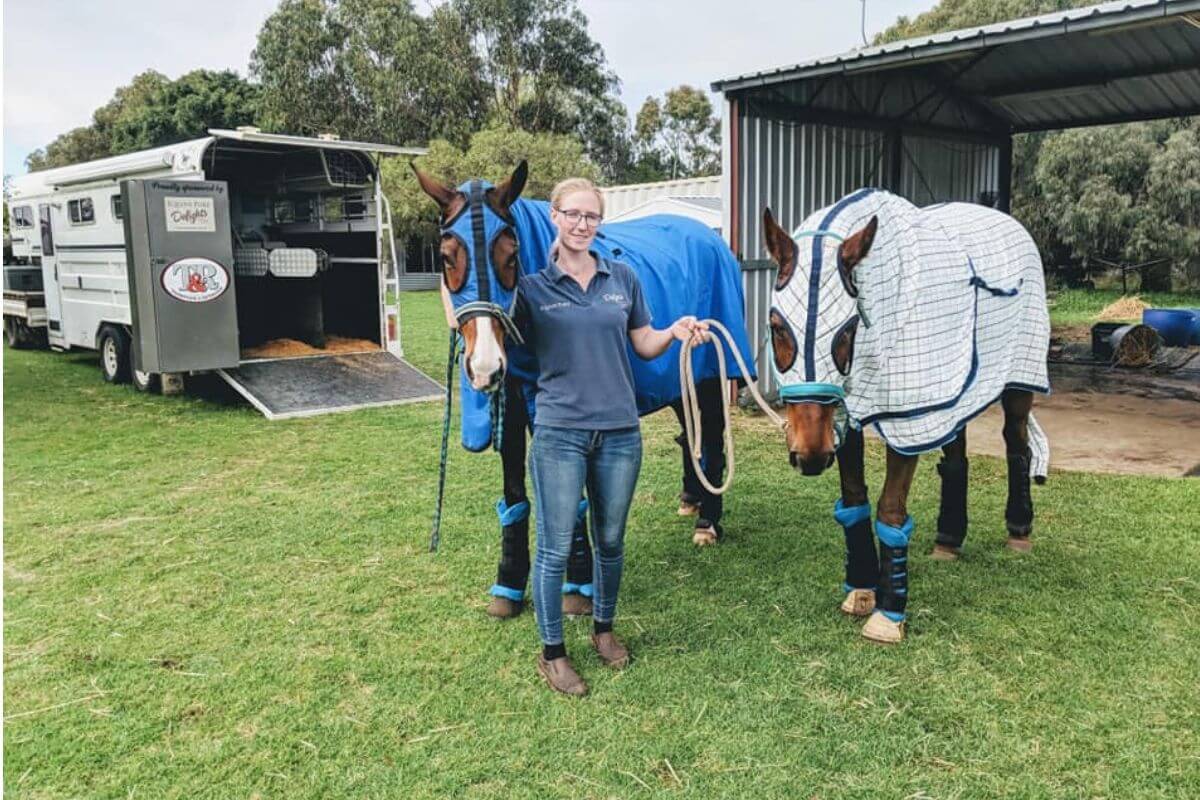
16 Aug Parrot Mouth in Horses
What is a parrot mouth and how does does it impact the life of an event horse? Today Thompson & Redwood sponsored rider, Sammy Bain, shares how she manages parrot mouth in her mare, Dash.
Parrot mouth in horses is a defect of the mouth that looks basically like an overbite or underbite where the upper and lower teeth don’t touch.
Photos here are of my mare, a 4 year old Off the Track Thoroughbred, with no parrot mouth from either the Sire or Dam side. As you can see from the photos, you cannot see her parrot mouth from the side of her face, but upon further looking and opening the lips you can see how extreme her overbite is.
If your horses have a parrot mouth, the best thing to do is to have him/her regularly cheeked by an equine dentist. As the teeth do not make even contact in the mouth, this causes them to wear down unevenly and create sharp edges and/or hooks.
When it comes to feeding a horse with a parrot mouth, chewing and swallowing may be easier said than done. The misalignment of the upper and lower jaw can make chewing a total chore. Parrot mouth horses may be seen dribbling, wasting their feed and/or hay or even sometimes only chewing out the sides of their mouths due to pain related hooks in their mouth.
Grazing is also difficult for obvious reasons — horses’ teeth act like scissors, cutting down the grass for eating. However, having a parrot mouth with teeth that don’t line up makes it a fairly hard time pinching off those short blades of grass.
My mare, Dash, has regular check-ups from both my Equine Dentist and Equine Vet. For a horse with a rather large parrot mouth or overbite, she eats very well but under management.
Dash will drink/wash her mouth out ever 2-5 minutes when eating a hard feed and every 10-20 minutes when on pasture and eating hay. So we always allow her plenty of water, and fresh water every night when on hard feed as washing her mouth out so often turns the water smelly and dirty.
I soak my oaten hay for her, to soften the hay which makes it easier on her to chew.
Dash is feed a lot of damp or soaked feeds, along with a small sized pellet feed so once mixed together with the damp feed, the pellets soften and create a mash like meal, again making this easier on her to chew. Here’s exactly what I feed her:
Dash Hard Feed – PM
– Mixed Chaff
– Thompson and Redwood Claytons Pellets
– Thompson and Redwood Grower and Weaner Pellets
– Thompson and Redwood Flaked lupins – SOAKED
– Thompson and Redwood Maze – SOAKED
– Speedibeet – SOAKED
– Oaten Hay – SOAKED
Please stay tuned with my blogs via Thompson and Redwood, as Dash’s next appointment is with Bit fitting Specialist where I will be taking plenty of photos and be writing a new blog of “Bit Fitting the Parrot Mouth”.
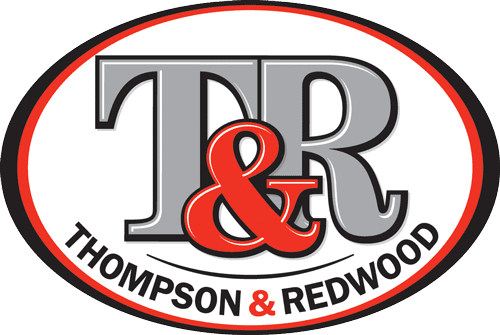

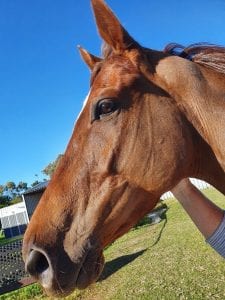
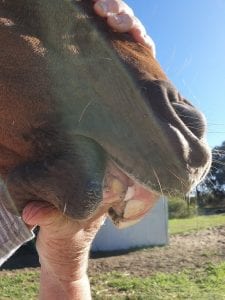
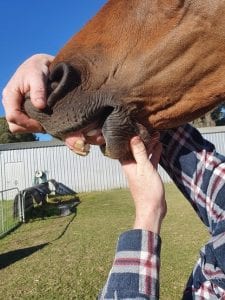

Susan Kallenbach
Posted at 11:07h, 26 MayI have a six week old parrot mouth foal and he nurses fine but I have to wake him up to eat with mom but he doesn’t eat strategy pellets or graze very well. Should I add water to pellets and creep feed and get some short cut grass hay?
Christine
Posted at 00:02h, 10 JuneHi, I am questioning the reference to parrot mouth and an underbite – “Parrot mouth in horses is a defect of the mouth that looks basically like an overbite or underbite”; generally parrot mouth refers to an overbite, but not an underbite, yes?
I believe this is a different term where the jaw is undershot and not defined as a parrot mouth.